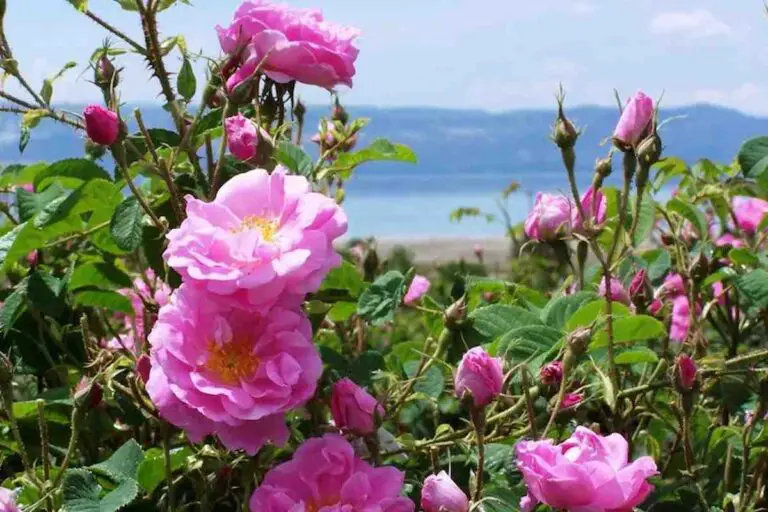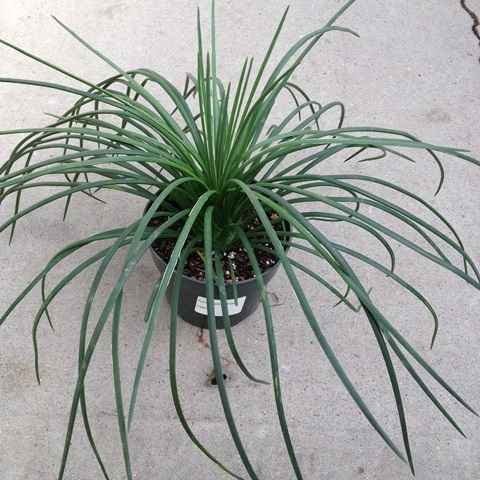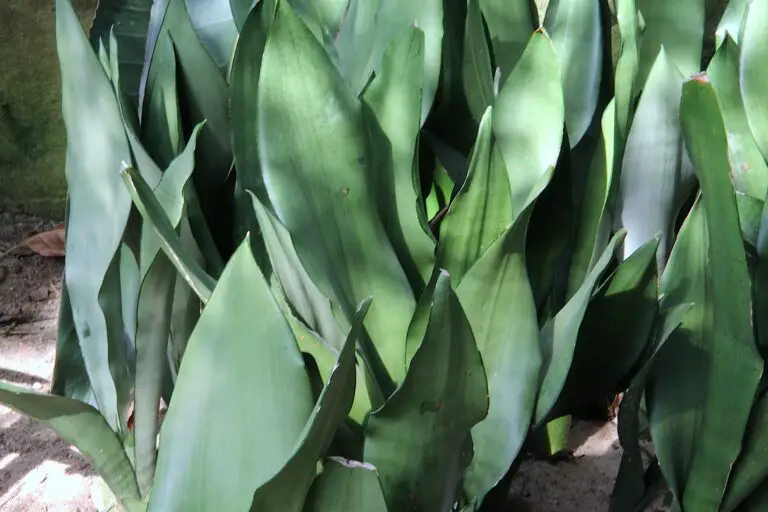Introduction
Blue Sky Vine: An Enchanting Addition to Your Garden
Imagine a garden adorned with cascading blue blossoms, attracting pollinators and providing natural shade. This picturesque scene can become a reality with the Blue Sky Vine. In this article, we’ll delve into the benefits of this unique plant and offer valuable care tips to help you nurture its beauty in your garden.
Benefits of Blue Sky Vine
A. Aesthetic Appeal
Picture a clear blue sky on a sunny day. Now, imagine that same mesmerizing blue in the form of delicate flowers adorning your garden. Blue Sky Vine, with its captivating azure blossoms, is a sight to behold. Its elegant vines and clusters of flowers enhance the visual appeal of gardens and landscapes, adding a touch of enchantment that’s hard to match.
B. Attracts Pollinators
Blue Sky Vine isn’t just a treat for the eyes; it’s a haven for pollinators too. Bees and butterflies are drawn to its nectar-rich blooms. By inviting these winged visitors into your garden, you’re contributing to the ecosystem by supporting vital pollination processes, ultimately fostering the growth of other plants.
C. Natural Shade Provider
During scorching summer days, a refuge from the sun is a precious commodity. Blue Sky Vine’s lush foliage comes to the rescue. It forms a natural canopy, casting dappled shade that cools and soothes. Your outdoor space becomes a haven where you can relax and enjoy the beauty of nature without the harsh glare of the sun.
D. Low Maintenance
Not everyone has a green thumb, but Blue Sky Vine doesn’t discriminate. It’s a low-maintenance plant that thrives in various soil types and climates. Whether you’re a seasoned gardener or a beginner, you’ll appreciate the ease of caring for this resilient vine.

Care Tips for Blue Sky Vine
A. Planting and Location
To ensure Blue Sky Vine thrives, start by planting it in well-draining soil with a sunny to partially shaded location. This vine loves to bask in the sunlight, but it can tolerate some shade too. Choose a spot that suits your garden’s layout and aesthetics.
B. Watering and Moisture
Watering is crucial, especially during the growing season. Keep the soil consistently moist but not waterlogged. Overwatering can lead to root rot, so it’s essential to strike the right balance. Water deeply when needed, and allow the soil to dry out slightly between waterings.
C. Pruning and Training
Pruning plays a significant role in shaping and controlling the growth of Blue Sky Vine. Regularly trim back unruly branches to maintain its desired form. Additionally, consider training the vine on trellises or arbors for a stunning display that complements your garden’s design.
D. Pest and Disease Management
Though Blue Sky Vine is resilient, it’s not immune to common garden pests and diseases. Watch out for aphids, mealybugs, and powdery mildew. Fortunately, you can manage these issues using eco-friendly methods like neem oil and soap solutions, ensuring a healthy, thriving plant.
E. Winter Care
When winter arrives, protect your Blue Sky Vine from frost by mulching around the base and insulating it with garden fabric. This extra care will ensure your vine emerges from winter’s embrace ready to bloom once again in the spring.
How To Plant, Grow And Care For The Zinnia Benary’s Giant Lilac
Table: Seasonal Care Guide
| Season | Tasks |
|---|---|
| Spring | – Prune for shape and growth |
| – Fertilize with balanced feed | |
| – Monitor for pests and diseases | |
| Summer | – Water deeply, especially in heat |
| – Train on trellises or arbors | |
| Fall | – Reduce watering as temperatures drop |
| – Prepare for winter protection | |
| Winter | – Mulch and insulate against frost |
Conclusion
Incorporating Blue Sky Vine into your garden not only adds aesthetic charm but also benefits the environment and requires minimal effort to maintain. The allure of its azure blossoms and the joy of welcoming pollinators are rewards that keep on giving. So, why wait? Consider adding the Blue Sky Vine to your garden and unlock its enchanting beauty today. Your garden will thank you, and so will the bees and butterflies. Happy gardening!







